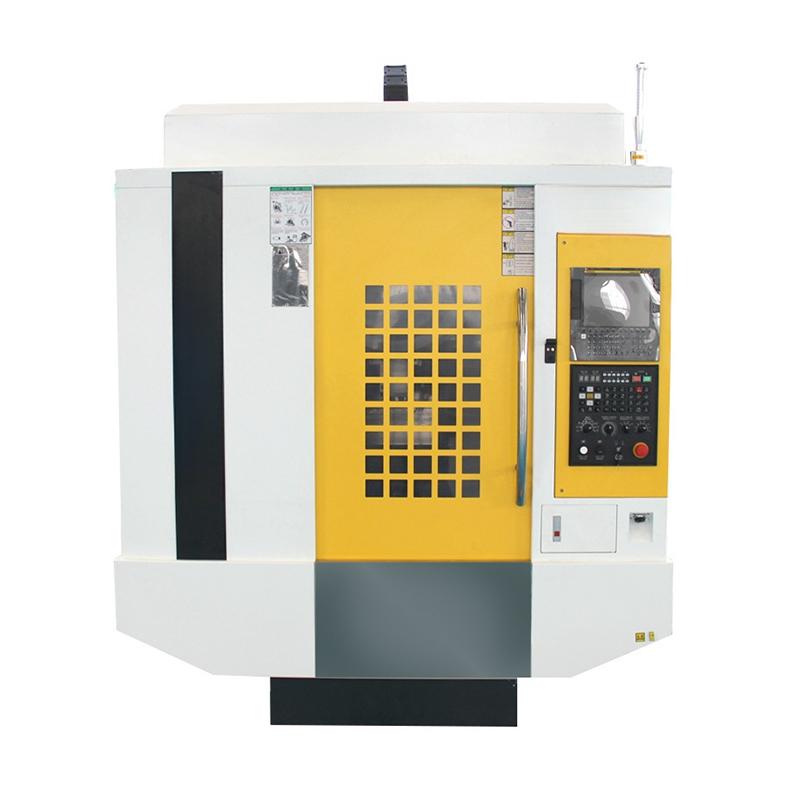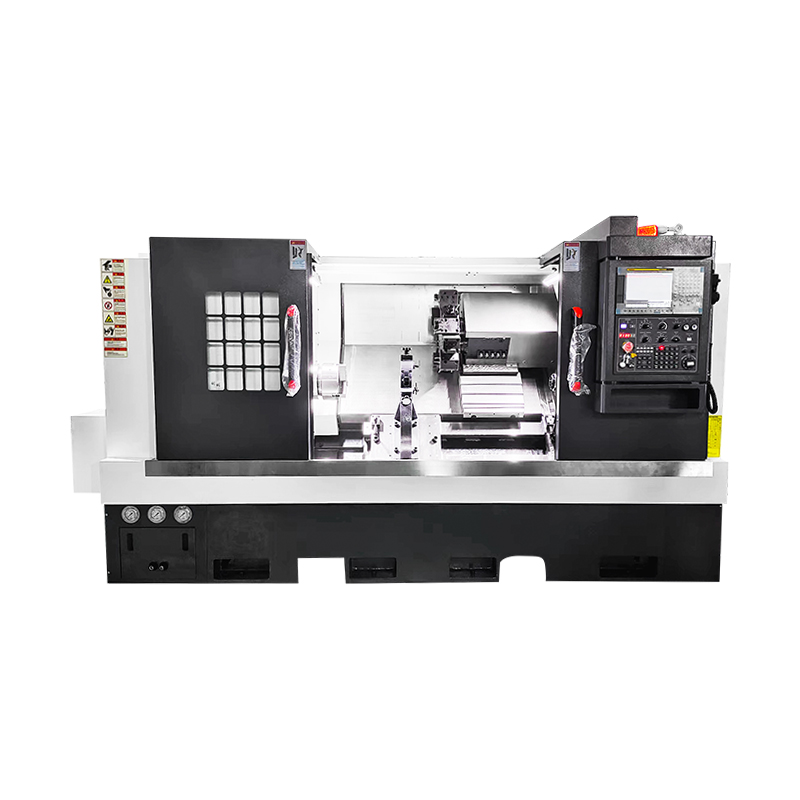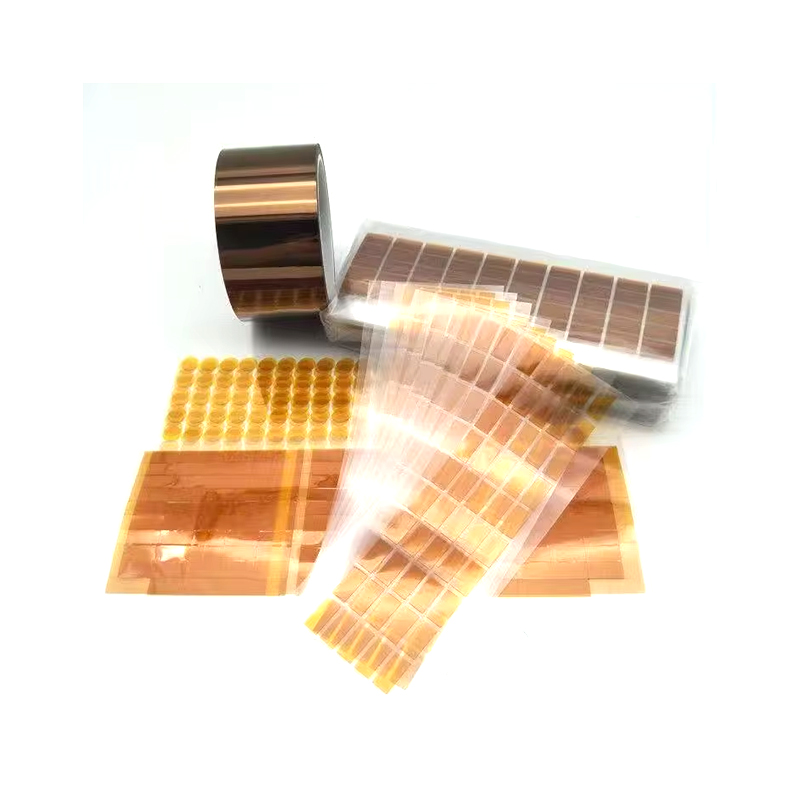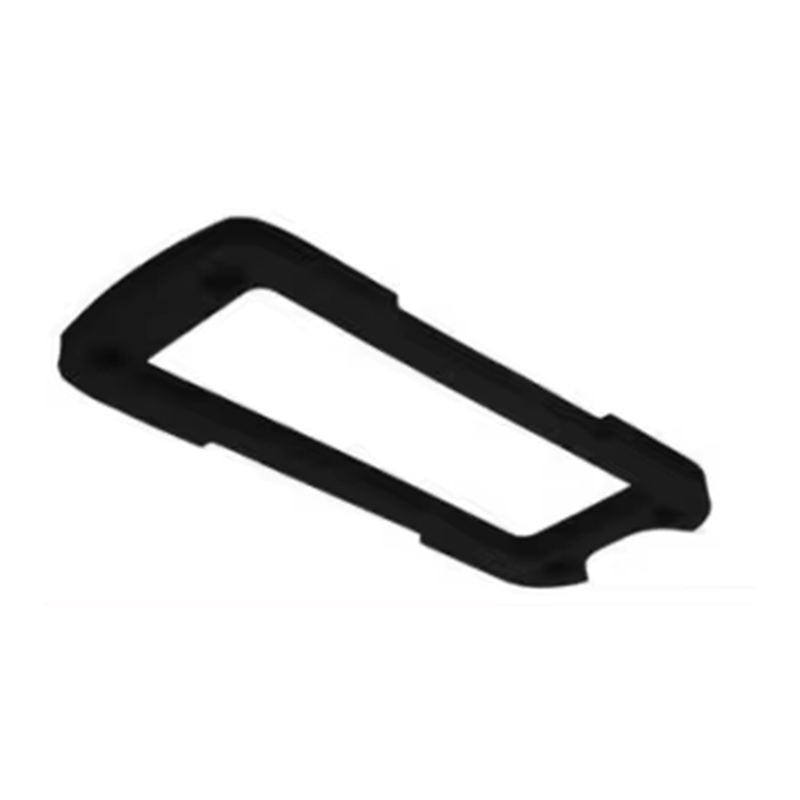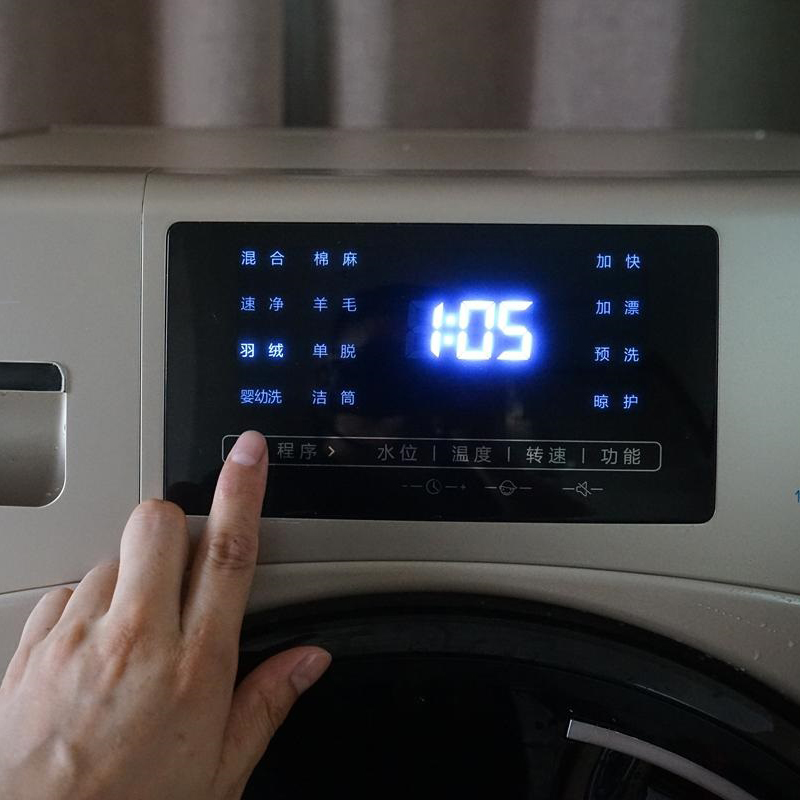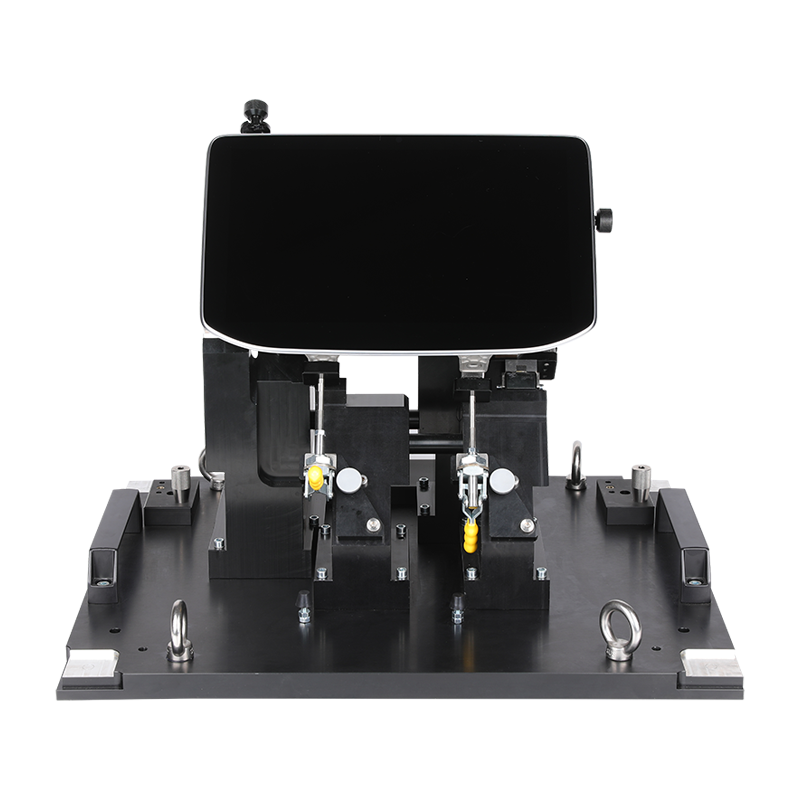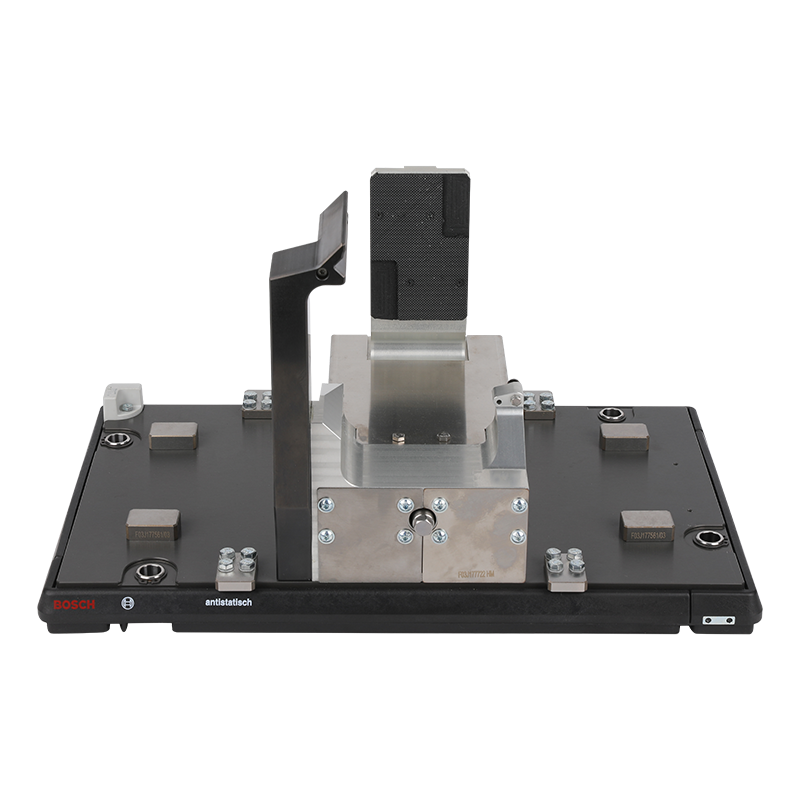In modern manufacturing, CNC parts have become a core element for improving product precision and production efficiency. With the continuous integration of machining technology, automation control, and intelligent manufacturing, CNC parts not only represent a high level of machining but are also an important indicator of a country's manufacturing strength. Whether in aerospace, automotive manufacturing, medical equipment, or electronic communications and mold production, the application scope of CNC parts continues to expand. Their high precision, high stability, and repeatability are driving the entire manufacturing system towards greater intelligence and precision.
I. Definition and Machining Principles of CNC Parts
CNC parts are mechanical components that undergo automated cutting, milling, drilling, and turning processes controlled by a Computer Numerical Control (NC) system. The core of their machining lies in using programmed instructions to control the tool's movement trajectory, achieving precise shaping of complex parts. The CNC machining system uses digital code as its instruction basis and achieves high-precision machining through the comprehensive control of preset paths, speeds, tool compensation, and other parameters.
The manufacturing of CNC parts relies on highly intelligent machine tool systems. Through the coordination of control software, servo drive systems, and high-performance cutting tools, the machining process achieves micron-level dimensional accuracy. Because CNC technology can achieve consistency and traceability in mass production by repeatedly executing standardized instructions, it has become an indispensable technological foundation in modern industrial production.
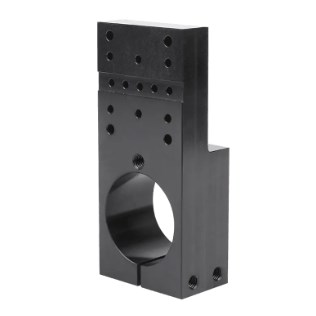
II. Main Material and Performance Requirements for CNC Parts
In CNC parts manufacturing, the choice of materials directly affects the product's precision, stability, and lifespan. Commonly used CNC machining materials include aluminum alloys, stainless steel, carbon steel, brass, titanium alloys, and engineering plastics. Different materials exhibit varying performance in terms of mechanical properties, thermal conductivity, corrosion resistance, and surface finish. High-end manufacturing often imposes stringent requirements on the tensile strength, coefficient of thermal deformation, and machining stability of materials to ensure the reliability of components under high loads or extreme operating conditions.
Simultaneously, CNC machining demands extremely high surface quality. Through precision milling and polishing processes, the surface roughness of parts can be achieved to meet the stringent standards for microstructure in the aerospace, medical, and electronic component fields. High-hardness alloy materials, after heat treatment and subsequent CNC precision finishing, achieve excellent wear resistance and fatigue resistance, thereby extending product lifespan.
III. Precision Machining Technology for CNC Parts
Precision machining technology for CNC parts covers the entire process from roughing to finishing. High-precision CNC turning, five-axis milling, electrical discharge machining (EDM), and laser cutting technologies make it possible to realize complex three-dimensional surfaces and microstructures. Five-axis machine tools have significant advantages in machining complex curved surface parts, as they can simultaneously control multiple rotational and translational axes to achieve the dynamically optimal angle between the tool and the workpiece, greatly improving surface accuracy and machining efficiency.
With the development of intelligent manufacturing, CNC machining systems are gradually achieving deep integration with CAD/CAM design software. Through 3D modeling and automatic programming technology, design schemes can be directly converted into machining instructions, achieving seamless integration from design to manufacturing. This digital manufacturing model not only shortens the production cycle but also improves part consistency and machining reliability.
IV. Widespread Applications of CNC Parts in Industrial Sector
CNC parts have permeated almost all high-precision manufacturing fields. In the aerospace industry, they are used for machining high-strength components such as engine blades, fuselage connectors, and hydraulic control systems. In automotive manufacturing, they are widely used in the production of transmission systems, braking systems, and engine structural components. In the electronics field, CNC machining ensures high fit and stability for housings, connectors, and heat dissipation components.

The medical device industry has extremely high requirements for the biocompatibility and surface precision of parts. CNC machining, through precision cutting and a pollution-free production process, meets the dual requirements of safety and precision for medical devices. With the development of the new energy and intelligent robotics industries, the application of CNC parts in core components such as motor housings, sensors, and structural supports is also increasing, becoming an important support for improving the performance of modern equipment.
As a core component of the modern industrial manufacturing system, CNC parts bear the dual mission of precision machining and efficient production. They not only represent a high level of automation and digitalization in machining technology but also symbolize the quality and innovation capabilities of the manufacturing industry. With continuous technological innovation and industrial upgrading, the manufacturing of CNC parts will move towards higher precision, higher efficiency, and lower energy consumption.

 English
English русский
русский